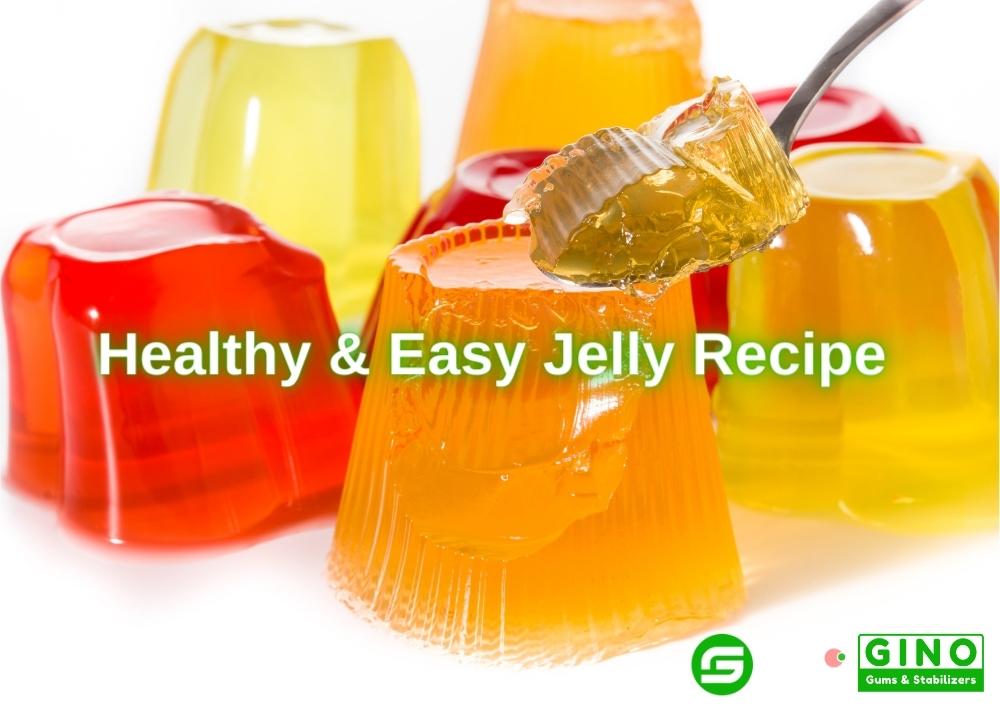Smart Ways to Bleach Clothes Safely for Better Results
Bleaching clothes is a time-honored method of maintaining and rejuvenating the fabric's appearance. In 2025, as we seek optimal ways to enhance laundry results, understanding how to effectively use bleach—whether for whitening whites, removing stubborn stains, or revitalizing dull fabric—is vital. This article will provide comprehensive insights into the smart ways to bleach clothes while ensuring safety and fabric care, including the types of bleach suitable for various fabrics, effective techniques, and laundry tips.
Utilizing bleach—be it chlorine bleach, oxygen bleach, or even eco-friendly options—offers numerous benefits. Bleach can help eliminate tough stains, maintain white clothing, and even refresh items that have become dull over time. In this guide, you’ll learn about the best practices for using bleach, safe alternatives, and essential laundry tips to optimize your fabric care routine.
As we dive in, we will explore the various types of bleach, their unique characteristics, and the techniques for applying them effectively. Expect topnotch strategies for laundry management and smart solutions for common bleaching challenges facing caretakers of fabrics.
Choosing the Best Bleach for Laundry
Understanding the right type of bleach for your clothes is essential for successful whitening and stain removal. Bleach is primarily available in two forms: chlorine bleach and oxygen bleach. Each type has unique properties that suit different fabric needs.
Types of Bleach and Their Uses
Chlorine bleach is a powerful disinfectant known for its strong stain-removing capabilities. It works best on white cotton fabrics and can leave them sparkling white. On the other hand, oxygen bleach—often marketed as color-safe—can be used on colored fabrics without the risk of fading, making it a fantastic alternative for maintaining both color integrity and freshness in clothing.
Moreover, the availability of eco-friendly and non-toxic bleach options has expanded. These alternatives are a less harsh option that still delivers solid whitening results while being safer for your family and the environment. When selecting bleach products, always consider the fabric’s care label and recommended washing instructions to prevent damage.
Bleach Mixture and Ratios
When using bleach, dilution is key. A common guideline is to mix one part bleach with ten parts water for a safe diluted bleach solution. This measurement still provides effective cleaning while minimizing risks of damage. Each fabric type may require different bleach ratios, hence being mindful of how to dilute bleach for specific garments is essential.
Always test the diluted solution on a small, hidden area of the fabric before applying it broadly. This will help ensure no unintended results happen during the bleaching process.
Fabric Compatibility with Bleach
Not all fabrics respond well to bleach. For example, natural fibers such as cotton and linen generally tolerate bleach better than synthetic fibers like polyester or spandex. Always check the fabric care labels for any warnings against bleach use. Understanding fabric compatibility can prevent unwanted damage and maintain clothing longevity.
This naturally transitions us to the practical aspects of using bleach successfully.
Effective Techniques for Bleaching Clothes
Bleaching techniques can vary, but having a robust understanding of the processes can lead to better results while keeping your clothes in good condition. Here are essential tips for effective bleaching.
Pre-soaking Clothes for Better Results
Pre-soaking clothes in a diluted bleach solution can enhance its cleaning effectiveness. To do this, mix a safe ratio of bleach and water, and allow your clothes to soak for a recommended time, usually around 5 to 10 minutes. This method is especially useful for heavily stained items, ensuring that the bleach can penetrate those stubborn stains more efficiently.
Always ensure to rinse the clothes separately after pre-soaking to remove any residual bleach.
Applying Bleach Safely
When using bleach, safety should be a priority. Always wear rubber gloves to protect your skin and work in a well-ventilated area to avoid inhaling fumes. Also, it’s a good idea to keep the bleach away from your other cleaning supplies to avoid any chemical reactions that can occur.
Another effective way to apply bleach is to use a spray bottle for targeted application. This technique works well for spot treatments on stains, ensuring you don’t over-saturate the fabric.
Maintaining Color Fastness while Bleaching
Using bleach does not mean you have to sacrifice color in your wardrobe. Colorfastness testing can help identify which fabrics and dyes respond well to bleach. Simply applying a small amount of diluted bleach solution on an inconspicuous fabric area can show you how the fabric interacts with the bleach. If there’s no fading or discoloration, it’s likely safe to proceed.
With color-fast fabrics in mind, let’s explore alternatives to bleach for those who prefer different approaches.
Safe Bleach Alternatives for Fabric Care
If traditional bleach doesn’t align with your cleaning philosophy or fabric care practices, several safe alternatives exist that can effectively whiten and freshen clothes.
Using DIY Fabric Bleach Solutions
Creating homemade bleach alternatives can be economical and eco-friendly. For instance, using hydrogen peroxide mixed with water can serve as a gentle bleaching agent. This can be particularly effective for whites and light-colored fabrics while being kinder to the environment.
Vinegar is another commonly used natural bleaching agent. Adding a cup of white vinegar to the rinse cycle can help maintain whites and eliminate odors without the harsh effects of chlorine bleach.
Oxygen Bleach Solutions
Oxygen bleach, like sodium percarbonate, is beneficial for those looking for a non-toxic and effective way to maintain linen and cotton fabrics. It works by releasing hydrogen peroxide in water, which safely whitens and disinfects without the problematic effects associated with chlorine bleach.
Oxygen bleach is available in powder form and requires mixing with water, reflecting a safer approach to bleaching tasks.
Innovative Cleaning Agents and Laundry Hacks
The laundry industry consistently innovates with new products and techniques. Many newly developed cleaning agents combine bleach properties with fabric care elements. Keep an eye out for laundry detergents that incorporate such innovations to enhance your washing routine.
An effective laundry hack includes using commercial stain removers in conjunction with laundry bleach. This can target specific fabric stains effectively while ensuring your clothes continue to look their best.
Continuing into the final section, let's wrap up with care tips for using bleach and addressing common mistakes in fabric management.
Bleach Care Tips and Common Mistakes
When engaging with bleach, being aware of common pitfalls can save your garments from damage and ensure effective usage.
Important Bleach Dos and Don'ts
Always remember these basic dos and don’ts while using bleach:
- Do always dilute bleach as instructed.
- Don’t mix bleach with ammonia or other cleaners, as this can cause hazardous fumes.
- Do check fabric care labels before proceeding.
- Don’t forget to rinse items thoroughly after bleaching to eliminate any potential residue.
These simple practices can go a long way in preserving garment quality while achieving optimal whitening results.
Addressing Laundry Concerns and Troubleshooting
If you notice that your whites are not turning out as bright as you’d like, consider reviewing your bleachers' effectiveness. Sometimes, older bleach products lose potency over time. Also, re-evaluate washing machine settings; ensuring you’re using the right cycle for your fabric type can maximize results.
If bleach odor lingers even after rinsing, consider running a second rinse cycle to help eliminate any remaining bleach.
Maintaining Garment Longevity with Proper Use
Using bleach correctly can effectively enhance the lifespan of your clothes. Always use it sparingly and only when necessary, focusing on areas that genuinely require attention, like stained or discolored spots. By incorporating these informed practices into your laundry care routine, you not only maintain the freshness of your garments but also extend their usability.

 Through effective clothing bleaching strategies, understanding various bleach types, and implementing laundry best practices, your fabric care will thrive in 2025 and beyond! Happy laundry day!
Through effective clothing bleaching strategies, understanding various bleach types, and implementing laundry best practices, your fabric care will thrive in 2025 and beyond! Happy laundry day!


 Through effective clothing bleaching strategies, understanding various bleach types, and implementing laundry best practices, your fabric care will thrive in 2025 and beyond! Happy laundry day!
Through effective clothing bleaching strategies, understanding various bleach types, and implementing laundry best practices, your fabric care will thrive in 2025 and beyond! Happy laundry day!